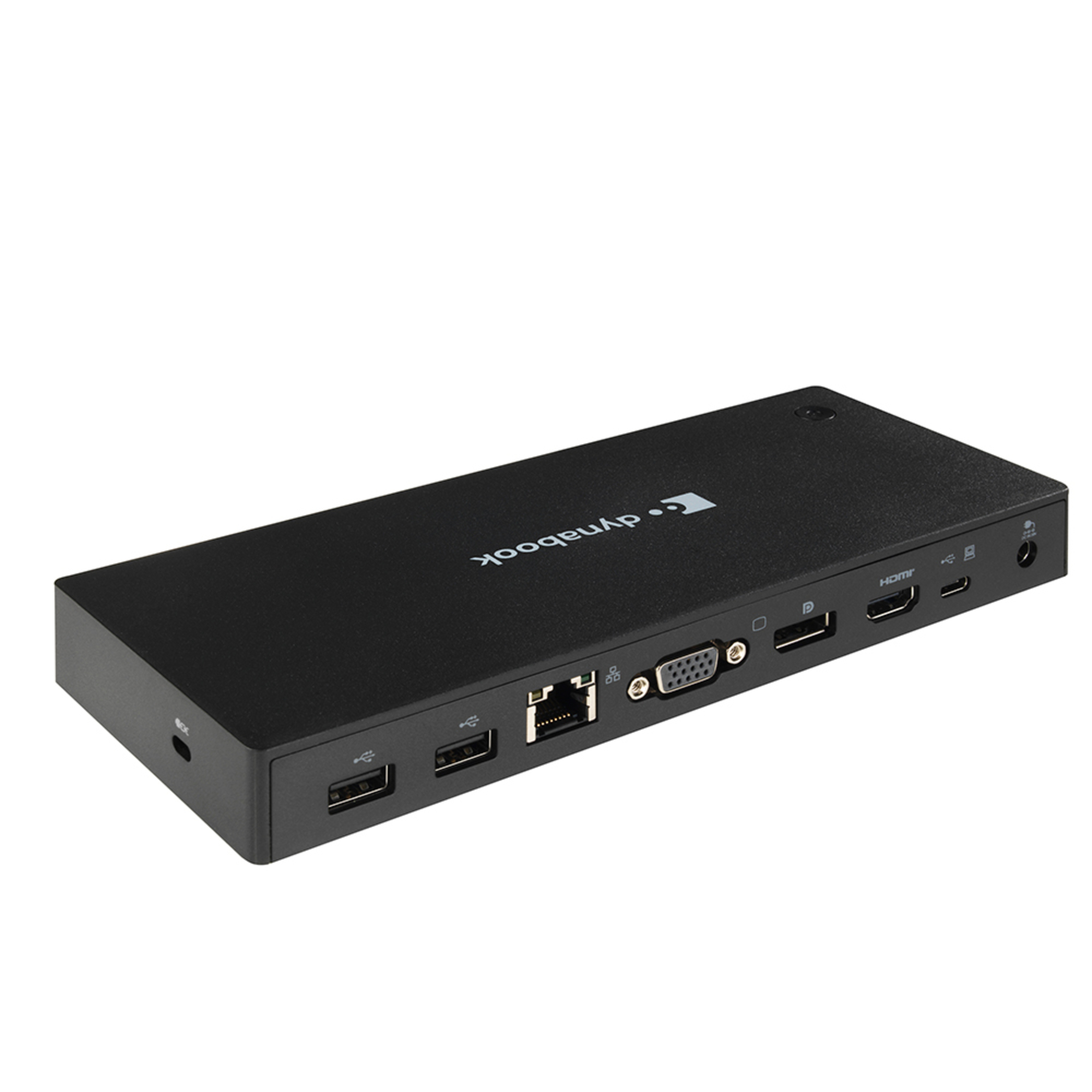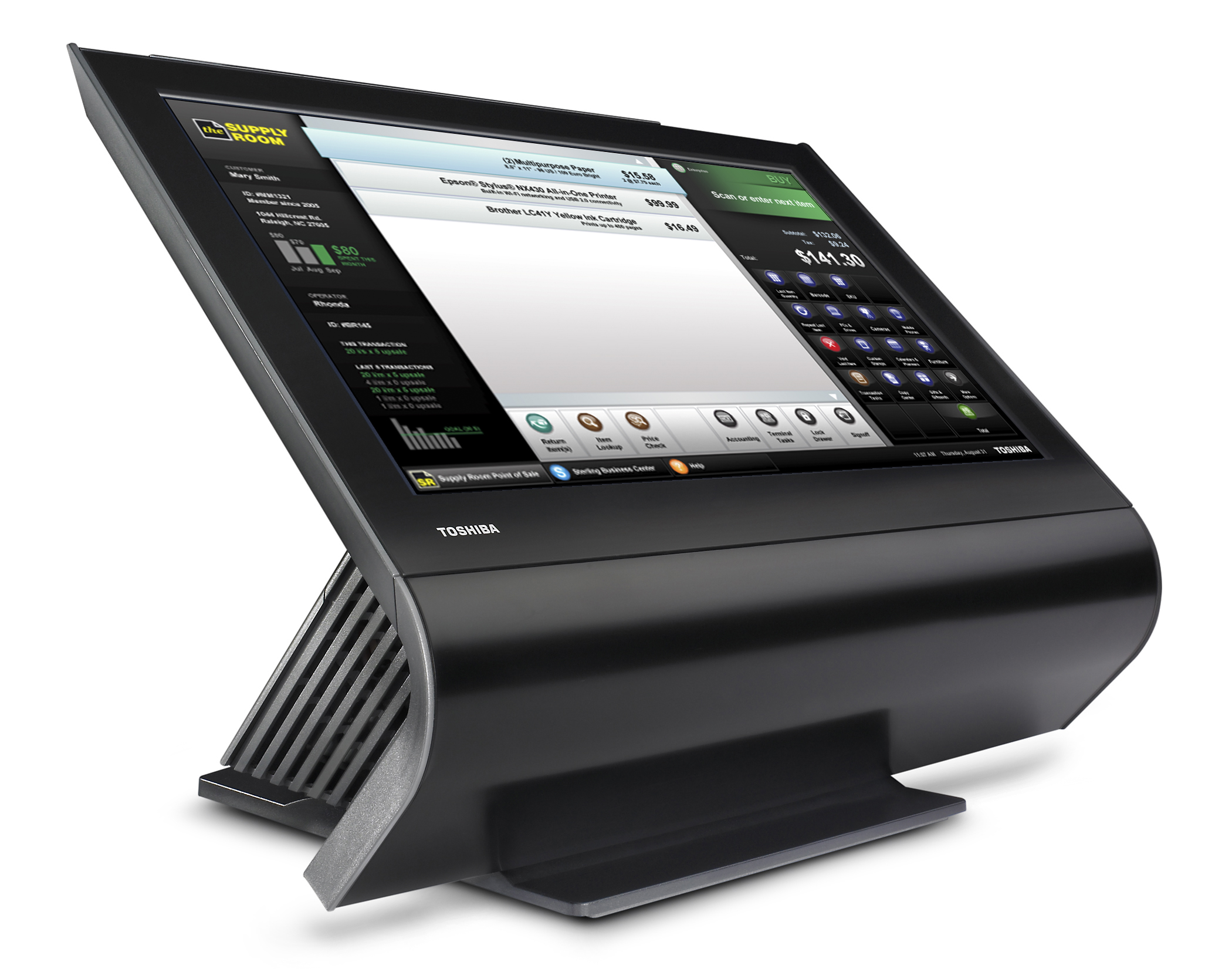
Using these results, we have defined a new approach and designed a multimodal application for molecular docking in a virtual reality context. To this end, we have analyzed the task of protein-protein docking as it is carried out today, in order to identify benefits and shortcomings of existing tools, and support the design of new interactive paradigms. However designing immersive and multimodal virtual environments (VE) based on VR technology calls for clear and early identification of user needs. Option to design custom tablet frames with integrated payment or peripherals to create your ideal POS. Universal tablet adapter for any tablet no casing needed. We think this approach will increase efficiency in reaching the solution of a docking problem. NE360C offers unrivaled flexibility for your chosen hardware, so you can create or change the POS terminal for your business needs, at any time. Our basic hypothesis is that a virtual reality (VR) framework for molecular docking can combine the benefits of multimodal rendering, of the biologist's expertise in the field of docking, and of automated docking algorithms. CAUTION: Never remove a disk, turn the computer off or undock the computer when the drive-in-use indicator glows green.

Define and combine hotkeys with applications, documents and folders to. Add tabs to keep your applications, documents, music and folders. Running processes and all your drives are easily accessible. Use a keyboard shortcut or mouse hotspot to activate Dock.

However, these approaches are time consuming and provide a large number of potential solutions. Working in the system toolbar it is almost invisible and always ready when you need it. Currently, the most common methods used for docking are fully computational approaches, followed by the use of molecular visualization tools to evaluate results. Use the TOSHIBA dynadock U3.0 utility to adjust video and audio settings for the device(s) connected to the dynadock. Studying protein-protein interactions and how proteins form molecular complexes allows researchers to better understand their function in the cell. Protein-Protein docking is a recent practice in biological research which involves using 3D models of proteins to predict the structure of complexes formed by these proteins.


 0 kommentar(er)
0 kommentar(er)
